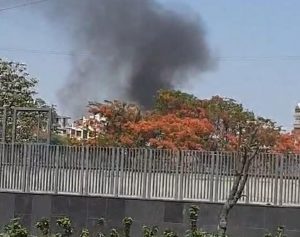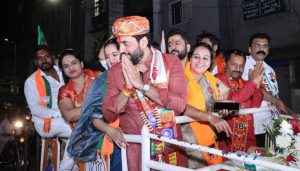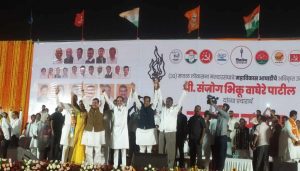BLOODY SEPTEMBER – Indo-Pak War 1965
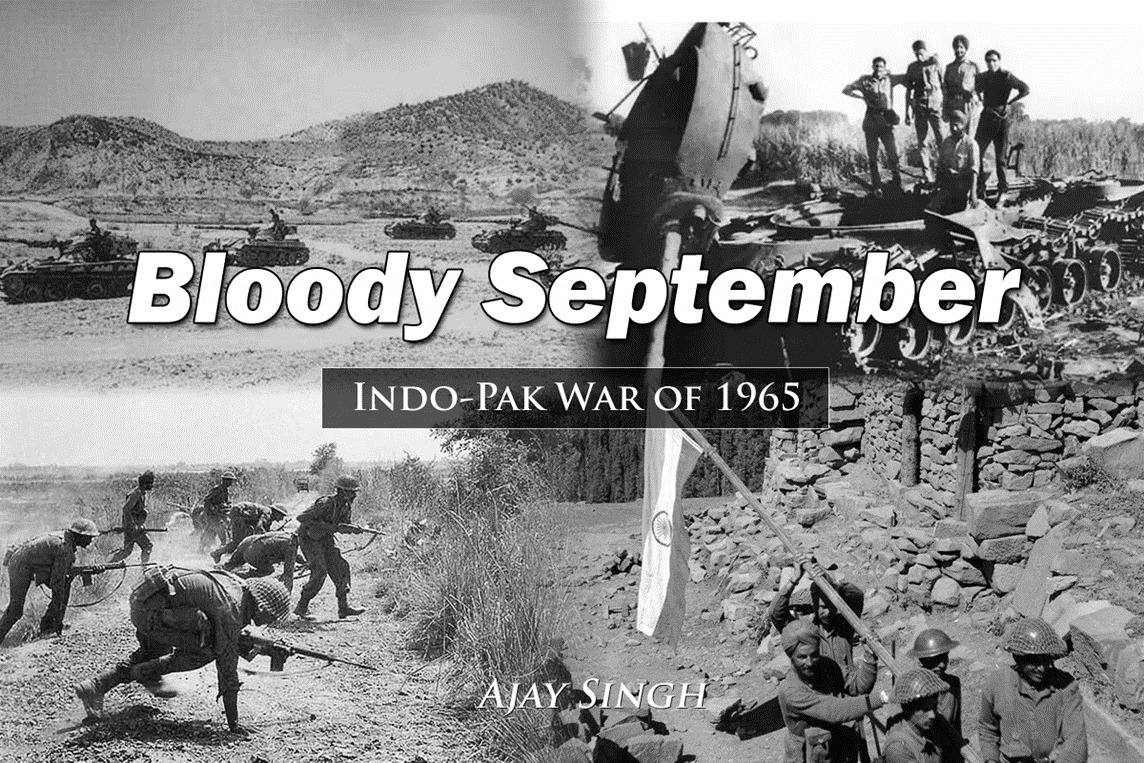
22 September 2022: On 22nd September, we commemorate the Anniversary of the 1965 Indo-Pak War – the bitterest and most intense encounter between the two sides. Noted author and military historian Ajay Singh brings you the story of how the war unfolded.
The 1965 Indo-Pak War is officially said to have lasted 21 days – from 1st September to 22nd September 1965. In actuality, it began in April ’65, when the Pakistani army began a series of raids in the arid Rann of Kutch, claiming the border areas. In a series of bitter skirmishes, they got the better of their Indian counterparts and seized many border posts, including the fort of Kunjarkot. These skirmishes ended only at the end of July when the United Nations brokered a cease-fire and called for the two sides to return to their original positions.
Emboldened by what they perceived as a victory, Pakistan launched the second phase of their plan – called OP GIBRALTER. From July to August, they sent over 20,000 tribals and soldiers in civilian clothing into Kashmir, hoping to incite the population to revolt. The infiltrators caused considerable damage, ambushing convoys and blowing up bridges and installations, but the Kashmiri population did not support them, and most of the infiltrators were captured or killed. Then, in an unexpected move, the Indian army attacked across the Line of Control to capture the areas through which the infiltrators were pushed in – which included the vital passes of Haji Pir and Kishenganga. The capture of Haji Pir was a feat of great courage and endurance and was a severe blow to the Pakistanis.
Seeing their plans go awry, the Pakistanis now embarked on a full-fledged military offensive directed towards Akhnur in the Jammu Sector. This offensive would cut off Kashmir from the rest of the nation and enable Pakistan to take it by military force. Launched on 1st September 1965, the offensive made major inroads and was within an ace of victory when India launched its offensive in Punjab, forcing the Pakistanis to recoil to meet this new, unexpected threat.
On 6th September, India launched two major offensives in Punjab – with 11 Corps in the South towards Lahore and the newly raised 1 Corps in the direction of Sialkot further North. This unexpected offensive took the Pakistanis by surprise, more so since they did not expect the Indian ‘banias’ to act so boldly and violently. Both offensives made good progress initially. The Indians thrust towards Lahore moved in three prongs and succeeded in crossing the Icchogil Canal, the British-era canal which was the last obstacle on the way to Lahore. Indian troops even reached as far as Bata Nagar, a suburb of Lahore and the US consulate ordered its staff to evacuate from the city. Yet what could have been a major success was not exploited as the Indian troops did not follow up and rather pulled back across the canal. Then the Pakistanis launched their offensive.
Pakistan’s 1 Armoured Division, with their brand-new Patton and Chaffee tanks, had been in the area of Lahore when the Indian attack came, and they launched their offensive towards Indian Punjab. They brushed aside the Indian defences, captured the township of Khem Karan and began moving inwards, hoping to reach the line of the Beas River. A resolute Indian defence delayed them, and they were halted in an area appropriately named Asal Uttar or right response. Here the Indians had breached the canals and distributaries. The waters seeping out turned the area into a boggy marsh, and its tanks were bogged down in the flooded fields. Indian tanks and anti-tank jeeps took a huge toll on the enemy, and 97 tanks – most in mint condition – were captured or destroyed. Many of them adorn war memorials even today. The Pakistani offensive came to a halt, and even the GOC of the division was killed along with most of his staff.
The Indian offensive towards Sialkot saw the greatest tank battle in the sub-continent, with 100 Indian and 120 Pakistani tanks clashing in the battles of Phillaura and Chawinda. Despite this titanic clash of arms, neither side could attain their aims, and it was, at best, a stalemate. Finally, on 22nd September 1965, after 21 days of intense fighting, a United Nations-sponsored ceasefire came into being, and the guns fell silent, though the sporadic sounds of fire continued for weeks after the ceasefire.
So, who really won at the end of the war? I would say the only true victor were the Indian soldiers.

